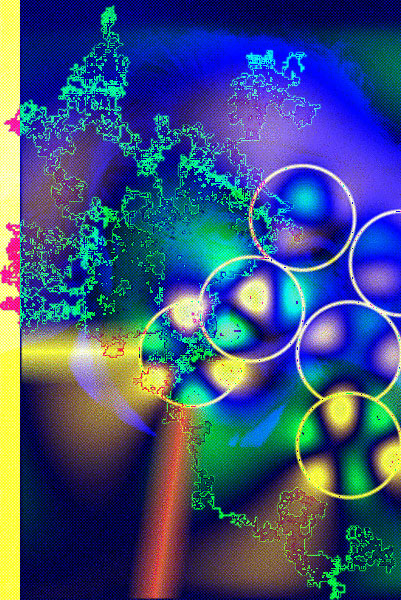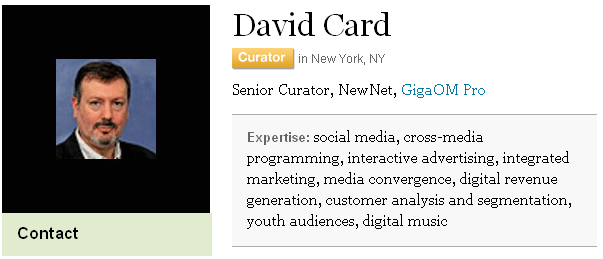Not sure why we need a term "image aggregators"--I suppose because glomming onto gigabytes of net goodies (pics, sounds, videos) lies somewhere between collecting and curating, and some writers think it should be more one way or the other.
My experience with one aggregating tool, the dump.fm log, is that images, once displayed in the public space of the chat room, mostly disappear: the collection is a rarely-consulted resource. The curating is a sharing and spinning, that is to say, language function: talking with pictures, as the dump founders have it.
In any case, to inject Marxist concepts into all this ("to use their collected images as ‘instruments[s] of possession’" etc) is tired and stupid. No one thinks about this kind of thing except academics.


